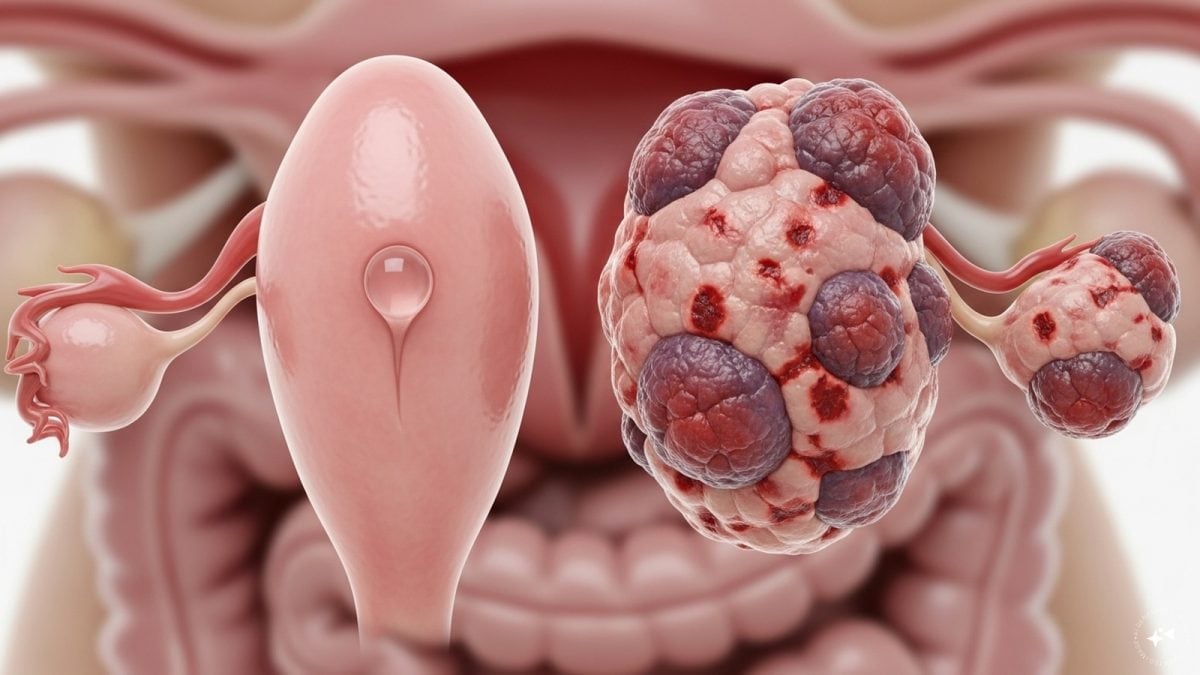Starring Farhan Akhtar and Priyanka Chopra, The Sky is Pink hits theatres this Friday. Based on a true story, the film deals with a rare medical condition: Busulfan-induced lung damage or pulmonary fibrosis. New Delhi-based Aisha Chaudhary was born with immunodeficiency disorder in March 1996. She had a bone marrow transplant at six months of age. To prep her for the intensive surgery, doctors put her on Busulfan - a rare side-effect of which is pulmonary fibrosis. Aisha died of Busulfan-induced lung damage in January 2015, shy of her 10th birthday.  The Sky is Pink is the story of her life, and how her parents coped with her poor health and imminent death.
What is Busulfan lung damage?
Busulfan is a chemotherapy drug that was previously used in the management of chronic myeloid leukaemia - a type of blood and bone marrow cancer. It is still used in some cases today to prepare patients for hematopoietic cell transplantation (the stem cells that give rise to new blood cells). Busulfan lung, clinically called pulmonary fibrosis, is a drug-induced interstitial lung disease - there is scarring of lung tissue. It is an uncommon but lethal side-effect of Busulfan therapy - pulmonary toxicity occurs in less than 5% of patients treated with Busulfan. It was first reported in 1961 by Dr Herman Oliner et al. who observed two patients with this complication. One patient had received Busulfan for 24 months, the other, for 13 months. Only 17 patients were reported to have had this complication between 1961 and 1974.
Side-effects of Busulfan
In Busulfan-induced pulmonary fibrosis, tough fibres form in the lungs and make them stiff. This, in turn, makes it hard for the patient to breathe. The milder side-effects Busulfan include dry mouth, nausea, vomiting, diarrhoea, rashes, easy fatigability, weight loss and hyperpigmentation (darkening) of the skin. But there are some severe side-effects too, like:
- Impotence
- Sterility
- Loss of menses (amenorrhea)
- Malformation of fetus
- Anaemia
- Pulmonary fibrosis
- Deposition of uric acid in kidney tubules
- Haemorrhages
- Alopecia
- Cataract
- Testicular atrophy and gynecomastia.
The diagnosis
Usually, by the time doctors find out about the disease, it is quite advanced. Diagnosing Busulfan lung is not just difficult, it is also hampered by the fact that clinical imaging and pathological patterns are often not reliable. According to one study, even when diagnosticians can discern that there is something wrong, evidence from high-resolution computed tomography (CT Scan) and histopathology (blood work) don’t match in more than 40% of cases. Some cases have reported
- The chest X-ray might show random spots and patches on both the sides of the lungs (bilateral diffuse mottled densities) or fine lace-like structures.
- Reduced carbon monoxide (CO) releasing capacity and a restrictive breathing pattern on pulmonary function testing may indicate pulmonary fibrosis.
- Gallium-67 scanning (nuclear medicine test used to obtain images of a specific type of tissue) helps in the detection of fibrosis in the lungs.
Clinical presentation
- Increasing dyspnea (air hunger/ extreme difficulty in breathing).
- Presence of rales (crackling breath sounds).
- Abnormal enlargement of the base of the fingernails ( clubbing).
- The blue colour of the lips, skin, or fingernails due to low blood oxygen levels (cyanosis).
If caught early, drug-induced pulmonary fibrosis can be managed by stopping the current drug therapy and administering corticosteroids like hydrocortisone and prednisolone. In the case of Busulfan, pulmonary fibrosis is often found even after the end of therapy. The prognosis is very poor in the case of Busulfan-induced pulmonary fibrosis. Health articles in Firstpost are written by myUpchar.com, India’s first and biggest resource for verified medical information. At myUpchar, researchers and journalists work with doctors to bring you information on all things health. For more information, please read our article on Chronic Myelogenous Leukemia_._


)

)
)
)
)
)
)
)
)



